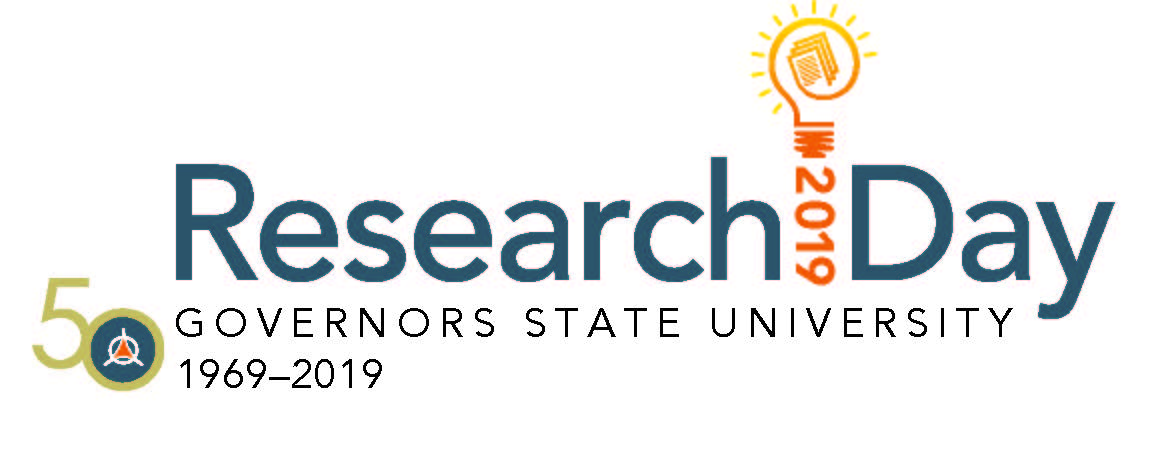
Provider-Patient Communication: Low Health Literacy Accommodation Measure
Type of Presentation
Poster Session
Start Date
4-12-2019 12:30 PM
End Date
4-12-2019 1:30 PM
Abstract
Approximately 80 million adults in the U.S., which is 36% of the population, have low health literacy. The impact of low health literacy is most prevalent in vulnerable subgroups including the elderly, minorities, those who speak English as a second language, and is compounded with the presence of chronic diseases such as diabetes. Reliable assessments, such as REALM, TOFHLA, and NVS are used to measure patient health literacy. However, reliable assessments are necessary to measure the provider’s use of communication accommodation strategies. The purpose of this study was to develop and to determine a reliable low health literacy accommodation (LHLA) measure for future provider-patient communication studies. The survey instrument was designed to measure the Socioecological (SEM) Critical Pedagogy communication strategies utilized by providers to accommodate patients with low health literacy.
Convenience and snowball sampling were used. Participants, which included physicians, nurse practitioners, physician assistants, and medical nurses, completed the anonymous online self-administered 32-item survey. Participants were recruited through social media and professional networks, direct contacts at hospitals, and medical conferences (N=98). The Principal Component Analysis (PCA) and Cronbach’s alpha were used to assess the instrument’s validity and reliability. The PCA was performed and the final 11-component two-dimensional dataset resulted with a 70.138% cumulative variance and a highly acceptable .926 Cronbach’s Alpha score. The descriptive statistics was N=96, Range = 28.00, Mean = 43.58, SD = 6.50, and Variance = 43.33. The 11-component LHLA encompasses the greatest variance and is a time saving, easy-to-use, and reliable questionnaire for future studies.
Provider-Patient Communication: Low Health Literacy Accommodation Measure
Approximately 80 million adults in the U.S., which is 36% of the population, have low health literacy. The impact of low health literacy is most prevalent in vulnerable subgroups including the elderly, minorities, those who speak English as a second language, and is compounded with the presence of chronic diseases such as diabetes. Reliable assessments, such as REALM, TOFHLA, and NVS are used to measure patient health literacy. However, reliable assessments are necessary to measure the provider’s use of communication accommodation strategies. The purpose of this study was to develop and to determine a reliable low health literacy accommodation (LHLA) measure for future provider-patient communication studies. The survey instrument was designed to measure the Socioecological (SEM) Critical Pedagogy communication strategies utilized by providers to accommodate patients with low health literacy.
Convenience and snowball sampling were used. Participants, which included physicians, nurse practitioners, physician assistants, and medical nurses, completed the anonymous online self-administered 32-item survey. Participants were recruited through social media and professional networks, direct contacts at hospitals, and medical conferences (N=98). The Principal Component Analysis (PCA) and Cronbach’s alpha were used to assess the instrument’s validity and reliability. The PCA was performed and the final 11-component two-dimensional dataset resulted with a 70.138% cumulative variance and a highly acceptable .926 Cronbach’s Alpha score. The descriptive statistics was N=96, Range = 28.00, Mean = 43.58, SD = 6.50, and Variance = 43.33. The 11-component LHLA encompasses the greatest variance and is a time saving, easy-to-use, and reliable questionnaire for future studies.
